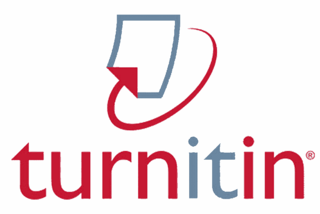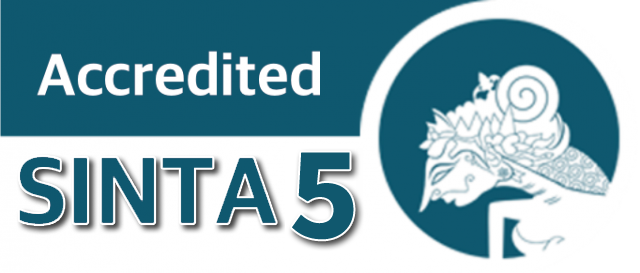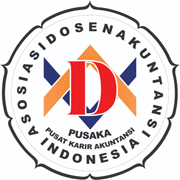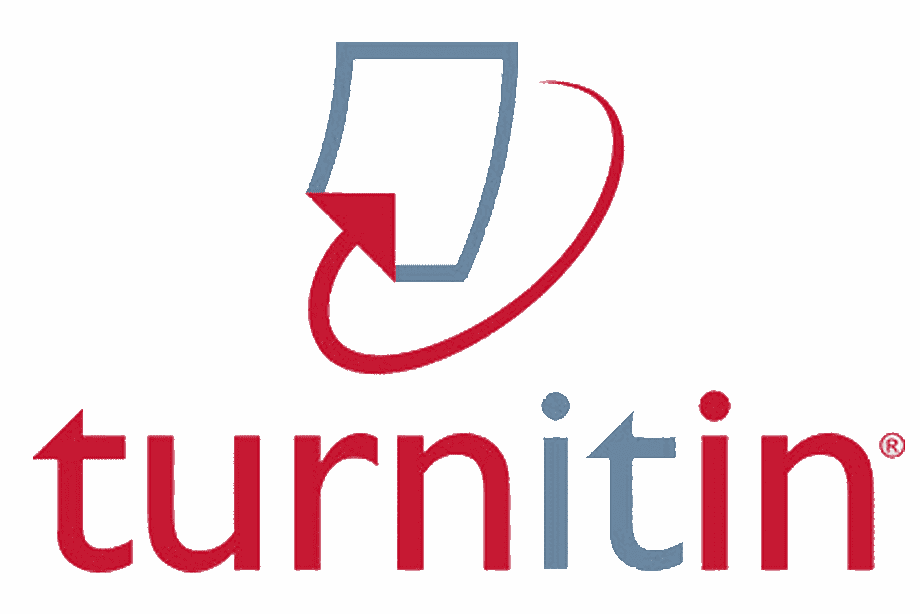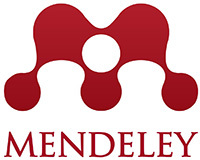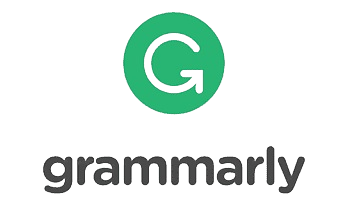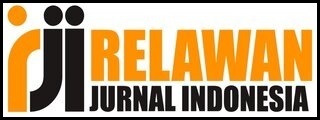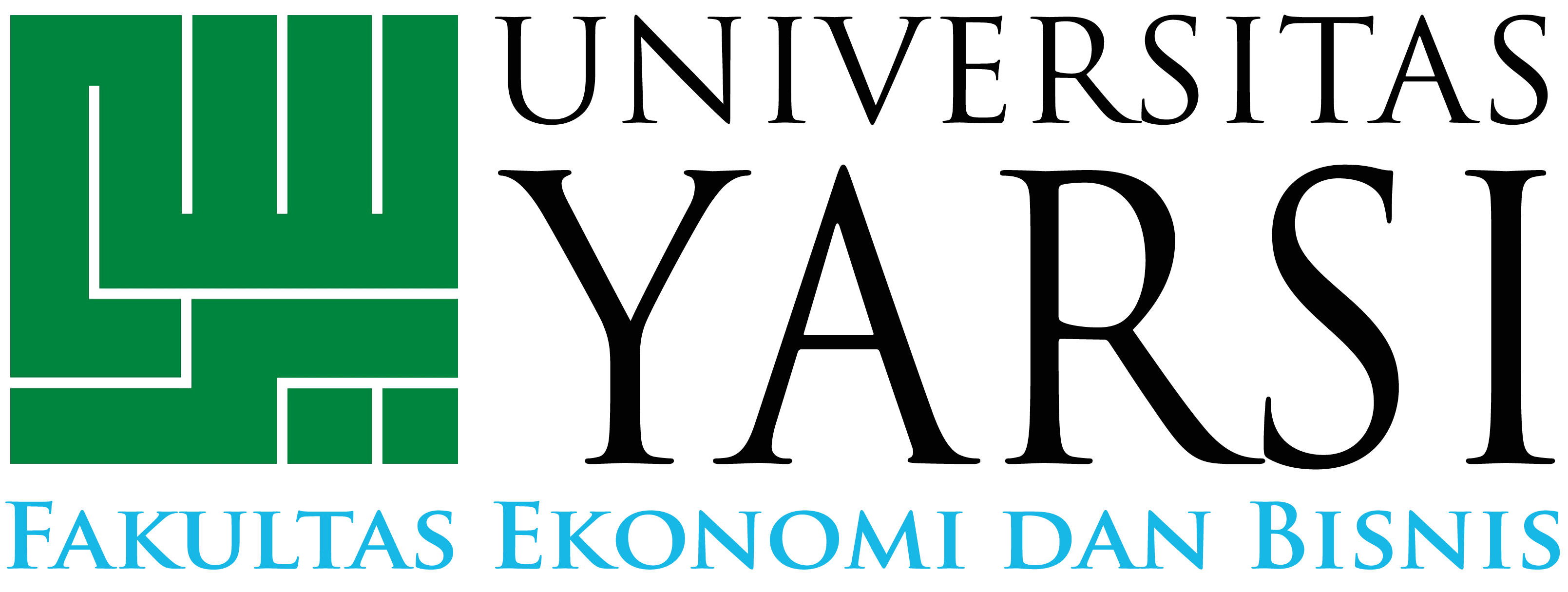|
|
Plagiarism Screening
Article inspection was carried out using TURNITIN, and Journal of Business Orientation and Entrepreneurship (JOBS) accepts articles with a similarity rate of less than 25%.
Definition:
Plagiarism involves the "use or close imitation of the language and thoughts of another author and the representation of them as one's own original work."
Policy:
Papers must be original, unpublished, and not pending publication elsewhere. Any material taken verbatim from another source needs to be clearly identified as different from the present original text by (1) indentation, (2) use of quotation marks, and (3) identification of the source.
Any text of an amount exceeding fair use standards (herein defined as more than two or three sentences or the equivalent thereof) or any graphic material reproduced from another source requires permission from the copyright holder and, if feasible, the original author(s) and also requires identification of the source; e.g., previous publication.
When plagiarism is identified, the Editor in Chief responsible for the review of this paper and will agree on measures according to the extent of plagiarism detected in the paper in agreement with the following guidelines:
Level of Plagiarism
- Minor : A short section of another article is plagiarized without any significant data or idea taken from the other paper.
Action : A warning is given to the authors and a request to change the text and properly cite the original article is made - Intermediate: A significant portion of a paper is plagiarized without proper citation to the original paper.
Action: The submitted article is rejected and the authors are forbidden to submit further articles for one year - Severe : A significant portion of a paper is plagiarized that involves reproducing original results or ideas presented in another publication
Action: The paper is rejected and the authors are forbidden to submit further articles for five years.

